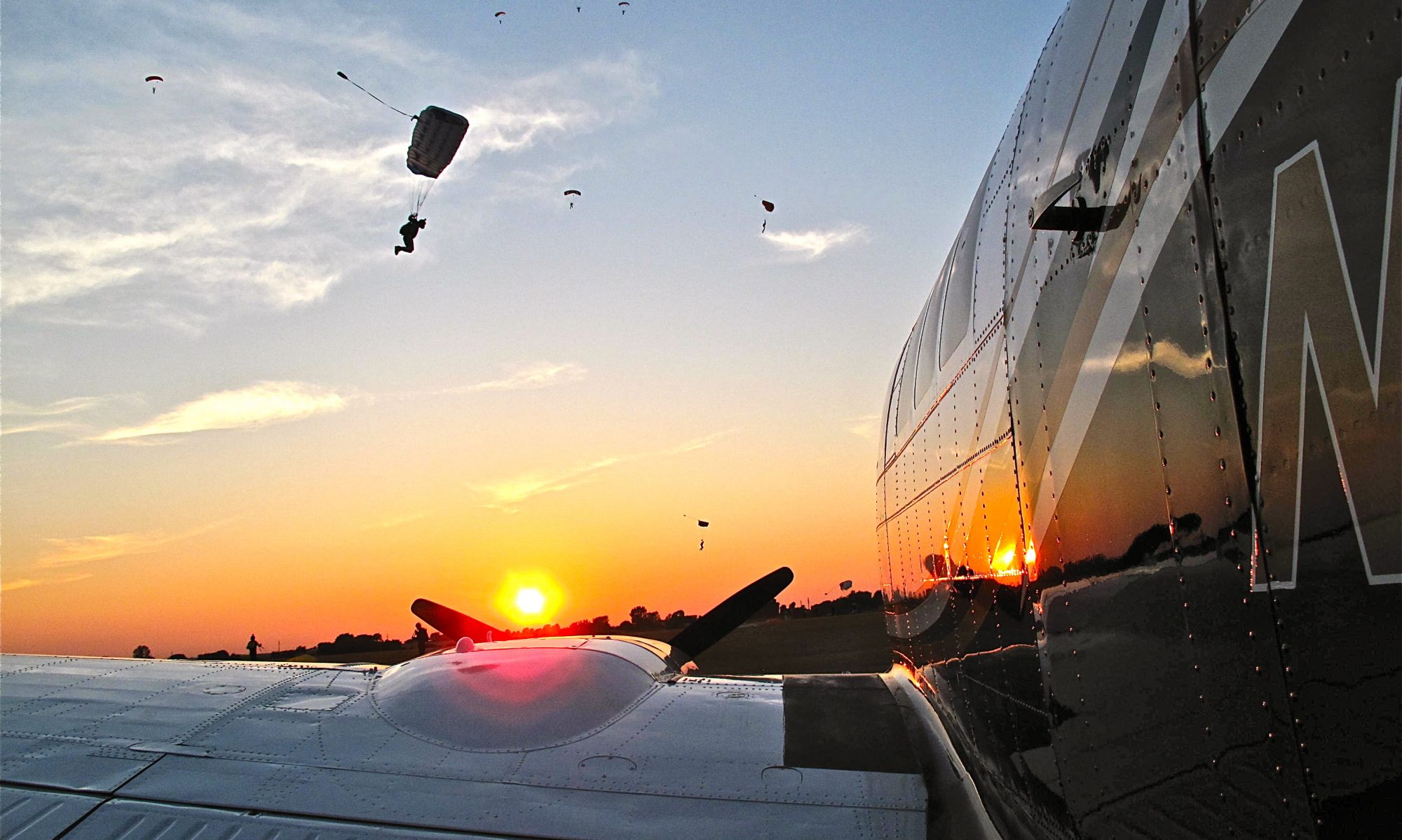OK, just to keep everyone confused I’ve decided to post the entire chapter of my book entitled Pressure. What I posted yesterday was a, hopefully, exciting teaser/prolog to get the reader interested enough to keep reading. Chapter one covers how I got into ferry flying in the first place and Pressure takes place somewhere in the middle of the book. Everybody sufficiently confused now? Good.
PRESSURE

I’m sensing you’re building to a MacGyver moment 🙂
Hmmmmm…..could be. Or maybe I got killed, tune in tomorrow to find out. 🙂